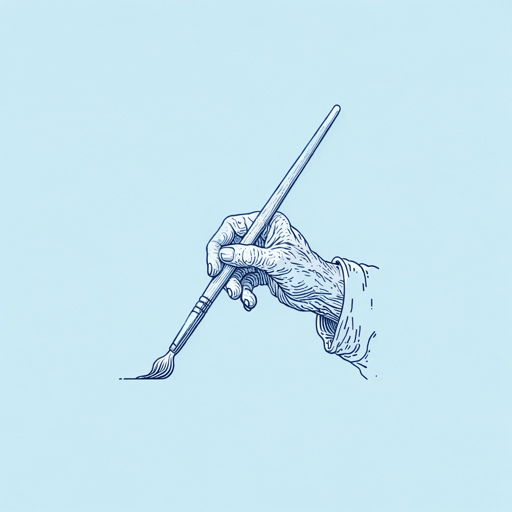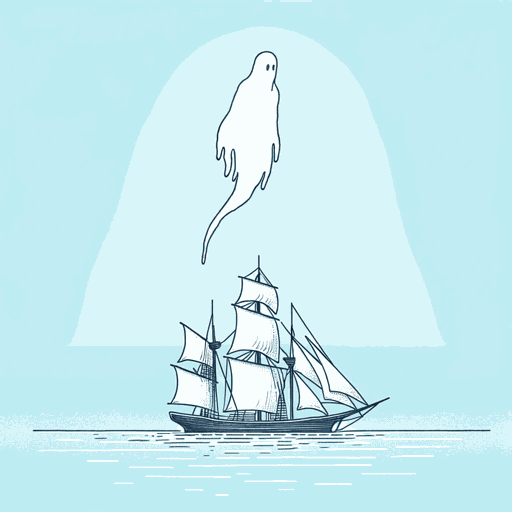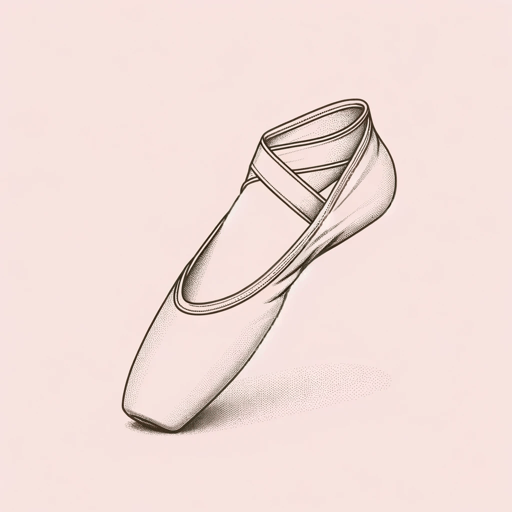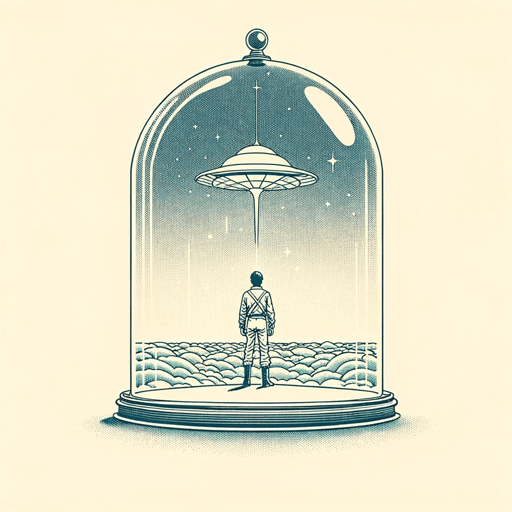99 pages • 3 hours read
Kurt Vonnegut Jr.Cat's Cradle
Fiction | Novel | Adult | Published in 1963A modern alternative to SparkNotes and CliffsNotes, SuperSummary offers high-quality Study Guides with detailed chapter summaries and analysis of major themes, characters, and more. For select classroom titles, we also provide Teaching Guides with discussion and quiz questions to prompt student engagement.
Themes
The Risks and Limitations of Scientific Inquiry
Taking the work of Dr. Hoenikker as a case in point, Vonnegut explores the sometimes-tenuous relationship between scientific progress and human welfare, including the risks and limitations that accompany scientific inquiry.
Vonnegut highlights the limitations associated with scientific inquiry during John’s interviews and tours in Ilium, New York, where Dr. Hoenikker lived. These limitations are not on the amount or type of revolutionary scientific progress that can be made; rather, the limitations apply to the potential for science to offer meaningful solutions to human problems and questions, including ethical and moral dilemmas. In fact, Dr. Hoenikker considers his work to be so far removed from such concerns that he asks, “What is God? What is love?” one on occasion (55), as well as “What is sin?” on another (17). Dr. Hoenikker’s outlook is essentially materialist; if something cannot be measured and tested, it might as well not exist. And his views are hardly unique; as a representative administrator, Dr. Breed also touts the pursuit of knowledge above all else. Those like Dr. Breed’s son, who develops ethical qualms, tend to quit.
On the other end of the spectrum are people like the bartender and Sandra, who have little knowledge of or interest in the latest scientific research.
Related Titles
By Kurt Vonnegut Jr.

2 B R 0 2 B
Kurt Vonnegut Jr.

Breakfast of Champions
Kurt Vonnegut Jr.

Deadeye Dick
Kurt Vonnegut Jr.

Epicac
Kurt Vonnegut Jr.

Fates Worse Than Death
Kurt Vonnegut Jr.

Galapagos
Kurt Vonnegut Jr.

God Bless You, Mr. Rosewater
Kurt Vonnegut Jr.

Harrison Bergeron
Kurt Vonnegut Jr.

Mother Night
Kurt Vonnegut Jr.

Player Piano
Kurt Vonnegut Jr.

Slaughterhouse-Five
Kurt Vonnegut Jr.

The Sirens of Titan
Kurt Vonnegut Jr.

Welcome to the Monkey House
Kurt Vonnegut Jr.

